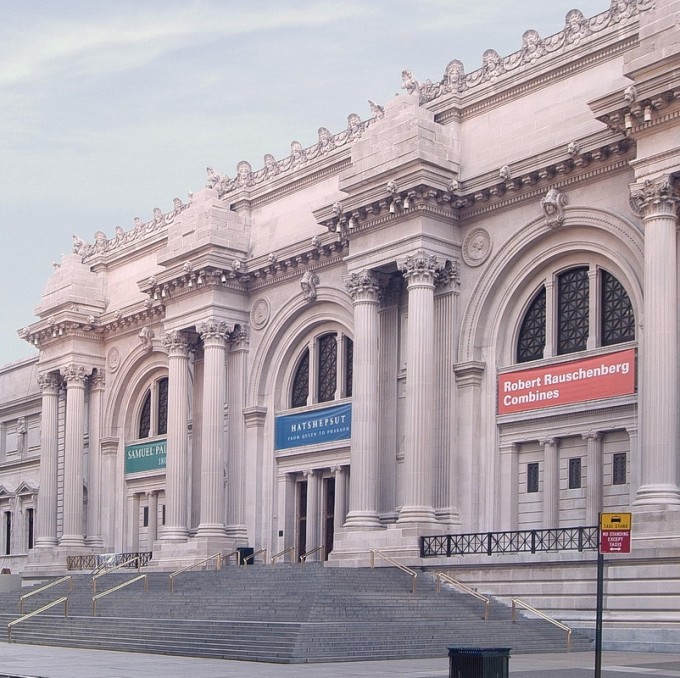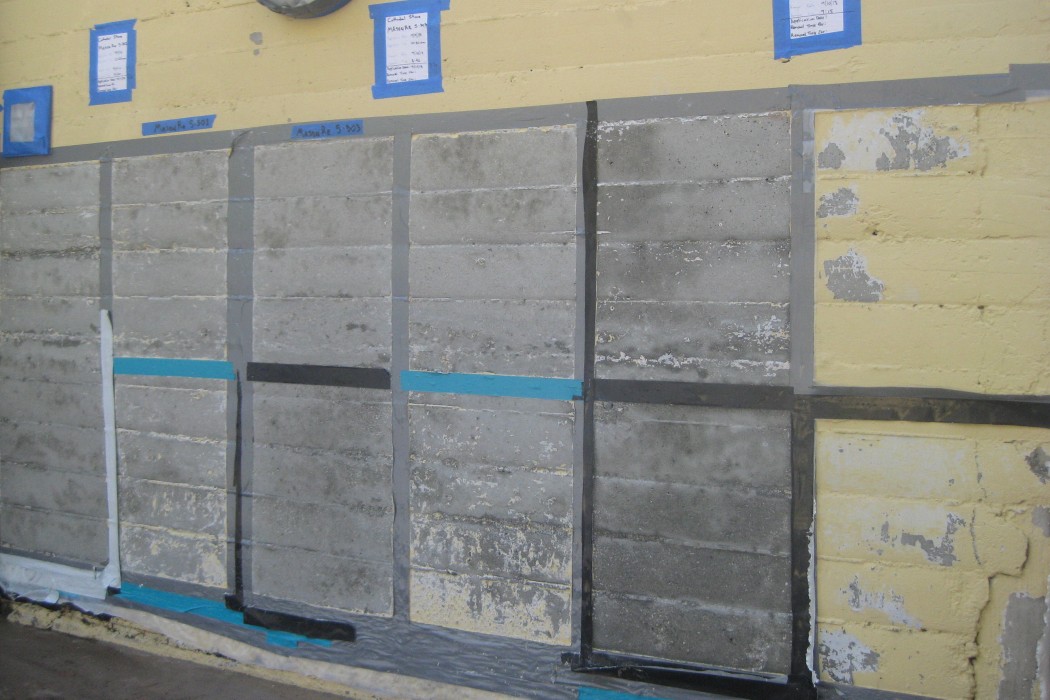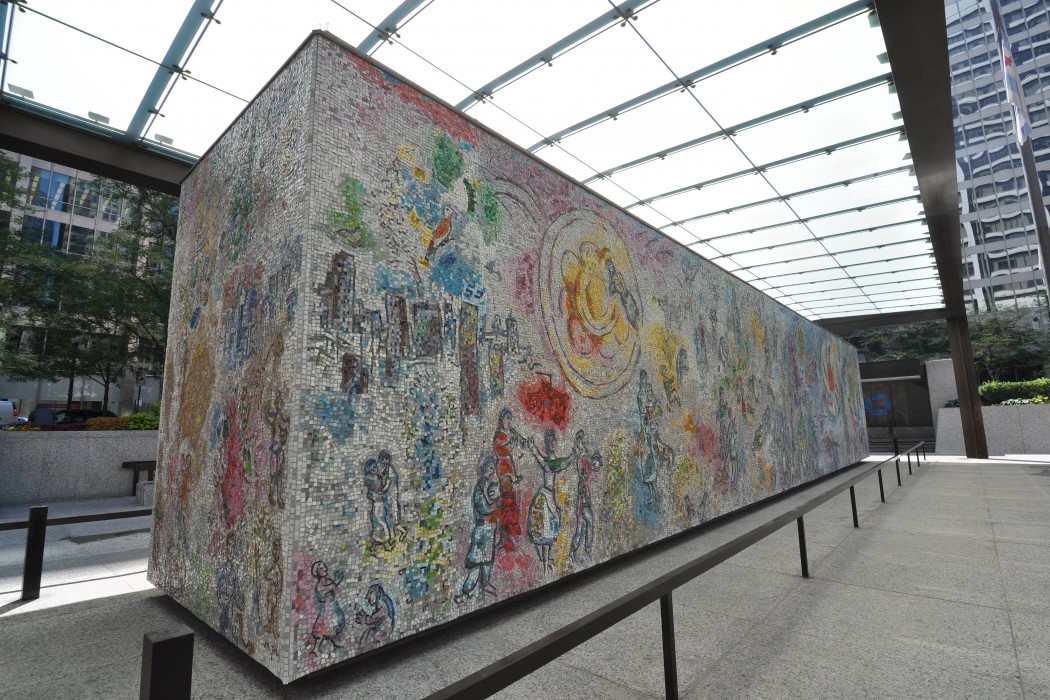Architectural finishes and materials play an important role in defining a building’s character. In new construction, problems with finish materials may indicate hazardous conditions, may be symptoms of underlying problems, or may simply be unsightly. The use, condition, treatment, and finish of materials can be studied to yield important information about a historic structure’s evolution and past appearances. Our professionals have extensive knowledge of material properties and selection, installation methods, and integration detailing for finish materials.
We offer in-house expertise for a full range of investigation, analysis, and design services related to architectural finishes and materials. Existing conditions are assessed in the field and, if necessary, samples can be removed for laboratory analysis in our Janney Technical Center laboratories. We can extract a small sample of the extant finishes, including the substrate, and examine the assembly under magnification to determine the condition and history of the finishes.
Our professionals regularly assess many finish materials, including stone, brick, tile, metal, wood, art glass, plaster, and stucco. Materials are assessed as components of architectural systems as well as individually to determine the types and sources of distress. Analysis is performed prior to the repair phase to inform in the selection of appropriate repair techniques. Once the material or system has been determined, we often develop restoration approaches that are sensitive to the system’s history and character.
- Field microscopy
- Metal detection
- Facade assessment
- Inspection openings
- Borescope observations
- Material sampling and laboratory analysis
- Identification and analysis of coatings and other surface treatments
- Asset management
- Documentation of existing chromachronology and identification of significant finish campaigns
- Laboratory analysis using optical microscopy, scanning electron microscopy (SEM), Fourier transform infrared spectroscopy (FTIR), and x-ray fluorescence (XRF)
- Chemical analysis
- Cleaning studies for plaster, wood, stone, masonry, metal, and other materials
RELATED INFORMATION
-
 Condition Assessment of the Seventy-Seventh Street Facades MORE >Projects | American Museum of Natural History
Condition Assessment of the Seventy-Seventh Street Facades MORE >Projects | American Museum of Natural History -
 Assessment and Rehabilitation Design MORE >Projects | Angels Gate Lighthouse
Assessment and Rehabilitation Design MORE >Projects | Angels Gate Lighthouse -
 Condition Assessment and Stabilization, Repair, and Restoration Recommendations MORE >Projects | Biloxi Lighthouse
Condition Assessment and Stabilization, Repair, and Restoration Recommendations MORE >Projects | Biloxi Lighthouse -
 Condition Assessment and Repair Documents MORE >Projects | Chagall Mosaic, "Les Quatre Saisons"
Condition Assessment and Repair Documents MORE >Projects | Chagall Mosaic, "Les Quatre Saisons"











































